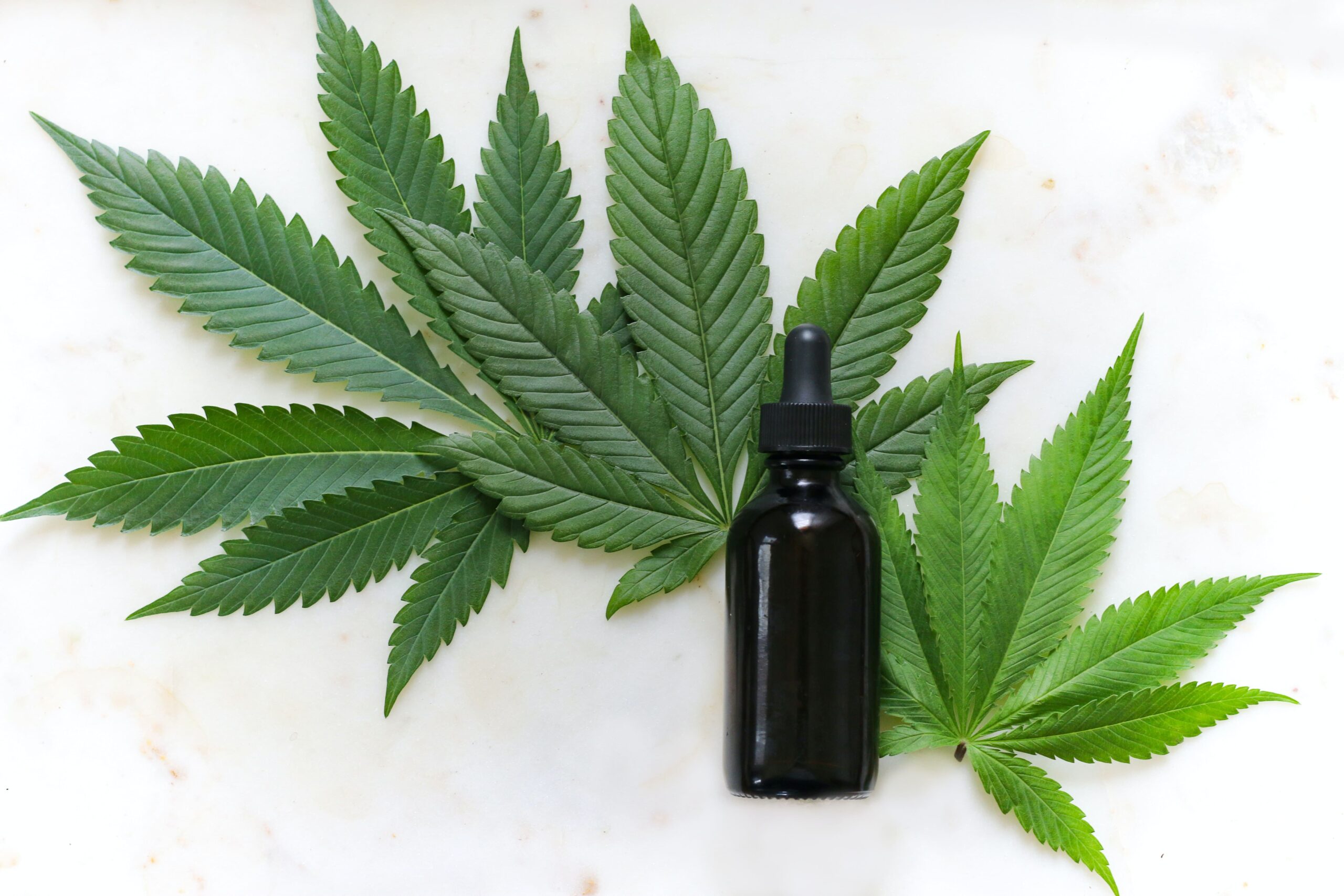7 Reasons Why CBD Is Effective 2020: Understanding The Working Behind The Trend
Health-related trends come and go so quickly that sometimes we barely have time to get on board the train. It is natural and essential to be skeptical about what you hear. Informing yourself well before jumping on a health trend is best because if it causes more harm than good, you could seriously damage the most vital mechanism you have — your body.
Cannabinol (CBD) is the latest health trend making waves all over social media and on many blogging platforms. Yet, this natural compound has been around for thousands of years, so that it may be new to us, but it’s been here way before us.
Users of CBD have been raving about its potent properties. Many are using CBD to ease anxiety, improve their skin, deal with pain or epilepsy. You can use CBD gummies to help you sleep, for PTSD, anxiety, and so much more.
But what does science say? Is CBD a trend or an incredible natural compound we should be making use of?
What is CBD?
CBD comes from the Cannabis Sativa family — the same plant species from where marijuana is derived. However, unlike the latter, CBD does not contain a high percentage of THC. Accordingly, there is no risk of getting high or overdosing on CBD.
The research on CBD is limited, and it is the main reason why medical professionals are still skeptical about fully endorsing this natural compound. Nevertheless, preliminary research has shown encouraging evidence of CBD’s power for many mental and chronic health issues.
The following are seven reasons why CBD works directly from the data uncovered so far.
CBD and the endocannabinoid system
Researchers have learned that CBD works on the endocannabinoid system (ECS). The latter is found in the peripheral and the central nervous system, and it manages essential functions in the body, such as body temperature, mood, fertility, appetite, sleep, and more. The ECS operates these functions through its receptors, known as the CB1 and CB2 receptors. The latter two help the ECS to attain optimal balance in the body, also known as homeostasis.
Although there is much that researchers have to understand about CBD’s work on the ECS, they have learned that this natural compound interacts with the ECS’s receptors by signaling them to trigger a change in the body.
CBD’s molecular structure
Both cannabis and hemp plants have over a hundred cannabinoids, and CBD is just one of them. What makes CBD stand out is its molecular structure. Experts have learned that CBD has a similar molecular structure to delta-9 tetrahydrocannabinol (THC). Both have 21 carbon atoms, 30 hydrogen, and two oxygen atoms. The main difference is the position of the hydroxide. This difference is essential as it prevents CBD from having psychoactive effects as THC has.
CBD and vanilloid receptors
CBD elevates the work already being done by the receptors in the body. This is clear in its interaction with the vanilloid receptors. Also known as TRPV1, these kinds of receptors are ion channels that manage inflammation, body temperature, and pain. CBD communicates with these receptors to provide pain-relieving effects.
CBD and serotonin
Preliminary studies have indicated CBD’s power to trigger the body into releasing more serotonin in the body. The latter is an important chemical that produces feelings of well-being. CBD does this by activating hydroxytryptamine receptors in the serotonin. Hydroxytryptamine receptors are critical in alleviating depression and anxiety.
CBD and nuclear receptors
Preliminary research has also shown the potent way CBD could slow down the body’s degeneration when cancer cells are present. This natural compound does so through its interaction with the nuclear receptors. Also known as PPARs, the latter can be found on the surface of the cell nucleus. When CBD signals them, it triggers a regression in the growing process of the tumor.
CBD can activate or block orphan receptors
CBD communicates with the orphan receptors as well. Also known as GPR55, researchers have observed how CBD can activate them, but it can also obstruct them if they are overactive. Orphan receptors are responsible for the management of blood pressure and bone density. Located in the brain’s cerebellum area, they have a role in osteoclasts — the reabsorption of the bone, while they may also promote or cause the spread of cancerous cells.
CBD and epilepsy seizures
CBD’s reputation in the epilepsy world has already been established. The FDA approves the first-ever CBD-based drug administered to children as young as two years old who suffer from a rare form of Dravet’s syndrome. This natural compound works to inhibit breakdown in the brain, thus increasing the number of endocannabinoids. As a result, CBD prevents seizure attacks.
CBD’s work does not stop here. Beyond these seven points, more evidence places this natural compound as a potent health tool. Thanks to its lack of harmful side effects, opting for CBD rather than traditional medicine is becoming a more natural choice for many.


